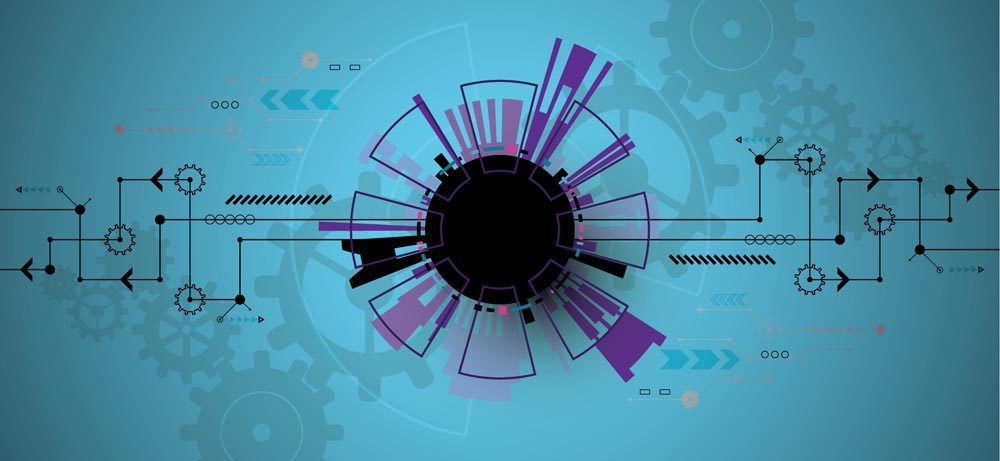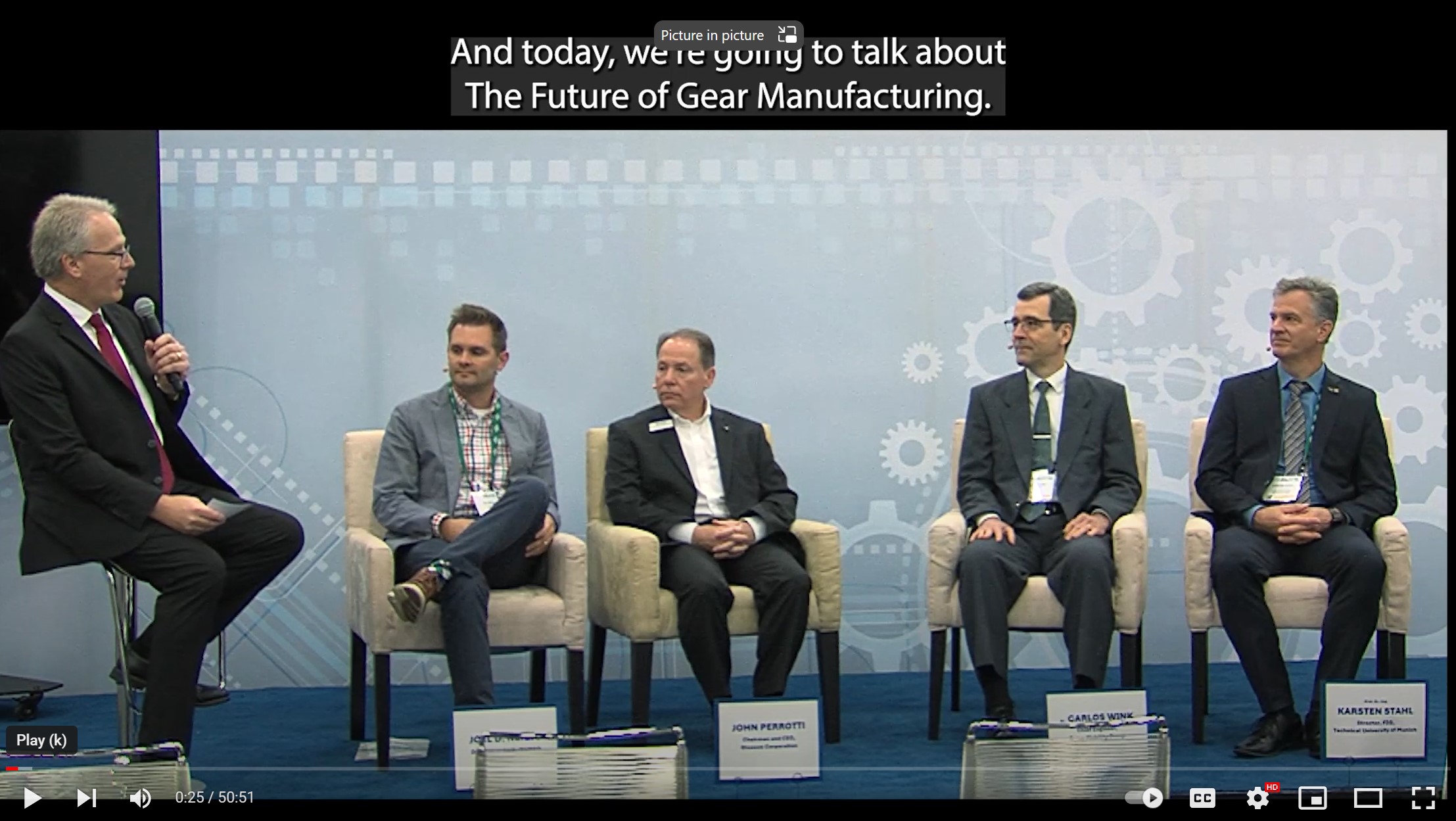All Over the Board
This year’s State-of-the-Gear-Industry survey generated a wide variety of responses. The industry doesn’t seem to be moving in just one direction, but rather, in multiple. In some cases, this is a story of the haves and the have-nots. Depending on what’s going on the world, companies serving one industry will outperform companies serving another. But overall, companies that are well positioned—those that have invested in technology, found ways to hire and maintain a skilled workforce and who have anticipated and prepared for paradigm shifts like the electrification movement—seem to have a much more positive outlook.
Unfortunately, as I review the results, it seems clear to me that not enough are in that position. You can see it in the downward trend of most of the statistics. Last year, more than 80 percent of our respondents expressed some level of optimism about the future. This year it was only 71 percent. By the way, that’s the lowest level of overall optimism we’ve seen since we started doing this survey in 2006.
This year we added historical data to the charts, so that you can see not only this year’s results, but also how they compare with previous years. For most measures, there’s been a visible downward trend over the years. Overall, as each year passes, a smaller proportion of gear manufacturers are expecting increases in sales, employment, production and capital spending.
Now might be a really good time to ask yourself if you’re working for one of those companies that’s been paying attention.
You can get a good idea of the disparity in outlook by reviewing some of the responses to our open-ended questions. This year we asked people how their companies are dealing with some of the most significant trends affecting our business: the shift toward electrification, the difficulty in maintaining a skilled workforce, the challenges of today’s supply chain, and implementation of emerging technologies.
Clearly, these challenges don’t affect everyone equally. I’ll grant that some are feeling the supply chain pinch worse than others. Some aren’t experiencing a workforce shortage. Some are in industries not directly affected by electrification (yet). But the number of respondents who think these issues don’t affect them seems way too high. They think that electrification is a hoax, or that automation is impossible in a high-mix, low-volume environment, or that emerging technologies will never affect their business.
I get the sense that too many gear manufacturers are unwilling to face reality.
I suspect that many of these are industry veterans who have seen their share of boom and bust cycles. They’ve been successful in their careers by staying the course and keeping the attitude of “This too shall pass.” Most of them have survived numerous crises over their careers.
But that doesn’t mean they’ll survive the next ones—especially when the crises come simultaneously. I expect that many of those companies won’t be included in our survey results in coming years—not because we won’t include them, but because they’ll cease to exist.
Fortunately, it’s not all bad news. I also see in our results many clear examples of gear manufacturing companies who are progressive, proactive and prepared for tomorrow. They are doing the things necessary to adapt, survive and even thrive in the coming years. Those companies give me hope.
Gear manufacturing isn’t going away. In fact, I’m confident that the ones who are still around 10 years from now will be among the most technologically advanced, best managed companies in all of manufacturing.
If you’re working for one of those companies, congratulations. If not, you’ve got some work to do.

Related Articles
Related Events

-
October 22, 2024
-
-
Small Bevel Gears Made Easy
October 22, 2024
-
Keeping Up with the Latest Technology
December 12, 2024 -
Chamfering Can Make the Difference—The Choice Is Yours
December 12, 2024
-
Keeping Up with the Latest Technology
December 12, 2024 -
Chamfering Can Make the Difference—The Choice Is Yours
December 12, 2024 -
E.T. Hone Home
October 22, 2024






